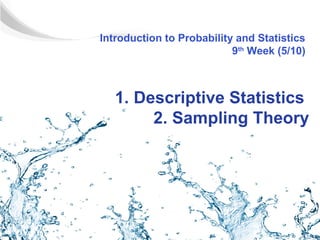Here are the key steps to solve this problem:
1) The population mean lifetime for manufacturer A's bulbs is μ = 140 hours
2) We are sampling n = 20 bulbs
3) The sampling distribution of the sample mean (x-bar) is Normal with:
- Mean = Population mean (μ) = 140 hours
- Standard deviation = Population standard deviation (σ) / √n
= Let's assume σ = 10 hours
Then standard deviation of x-bar = 10/√20 = 2.22 hours
4) We want P(x-bar < 138)
5) Standardize: (138 - 140) / 2.22 = -0.89
6)












































































